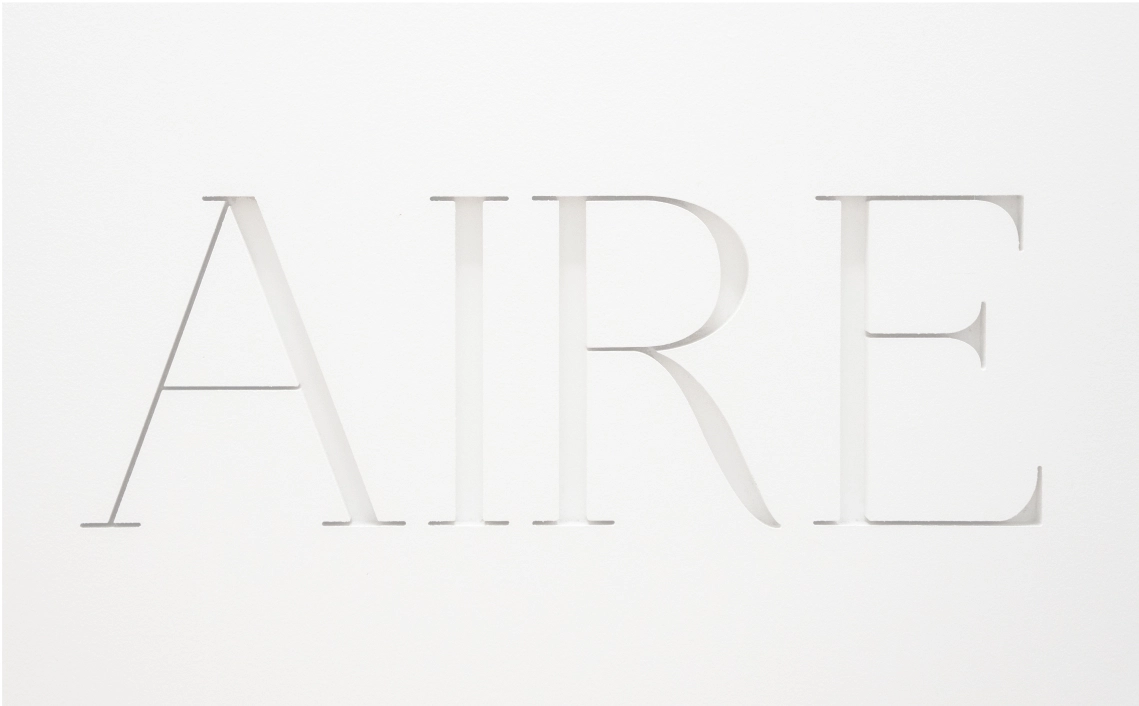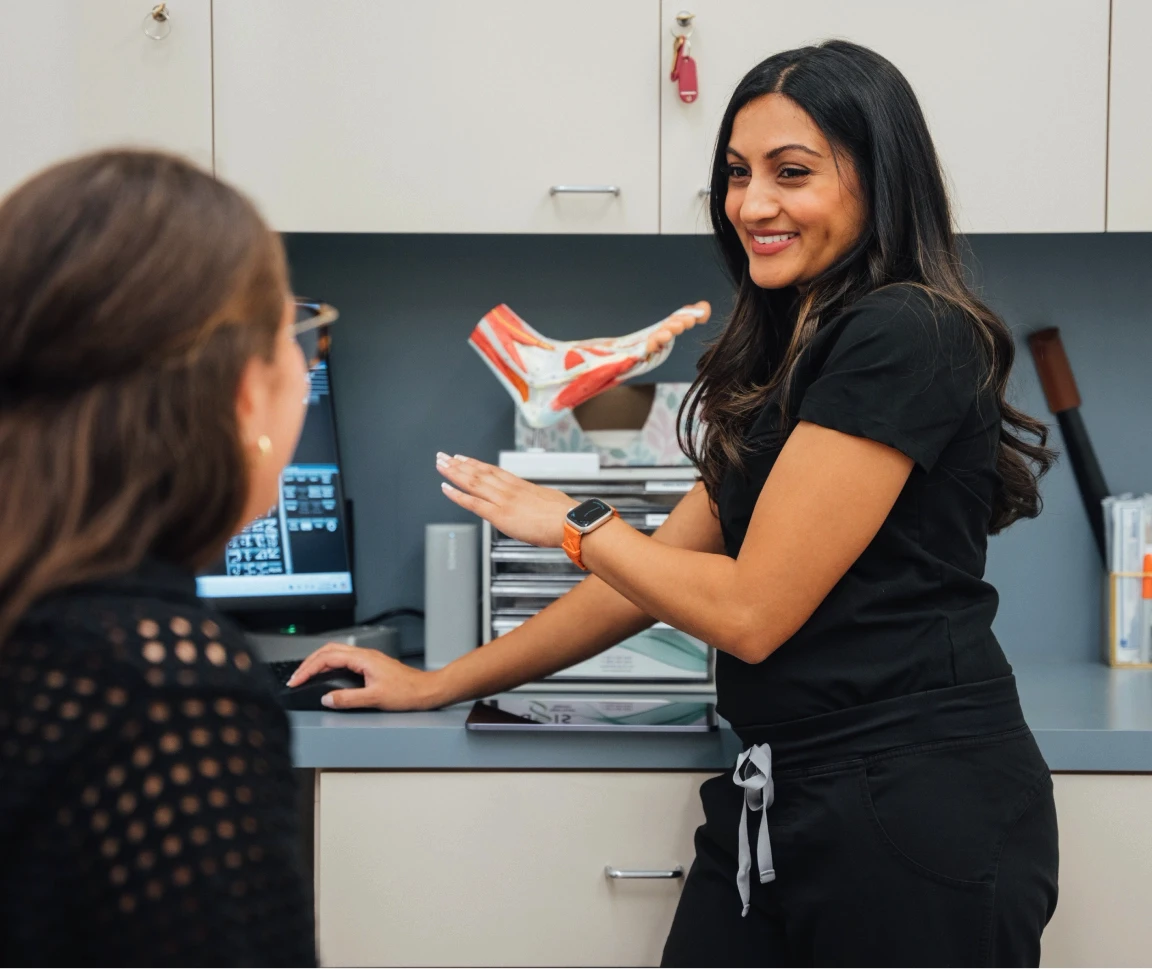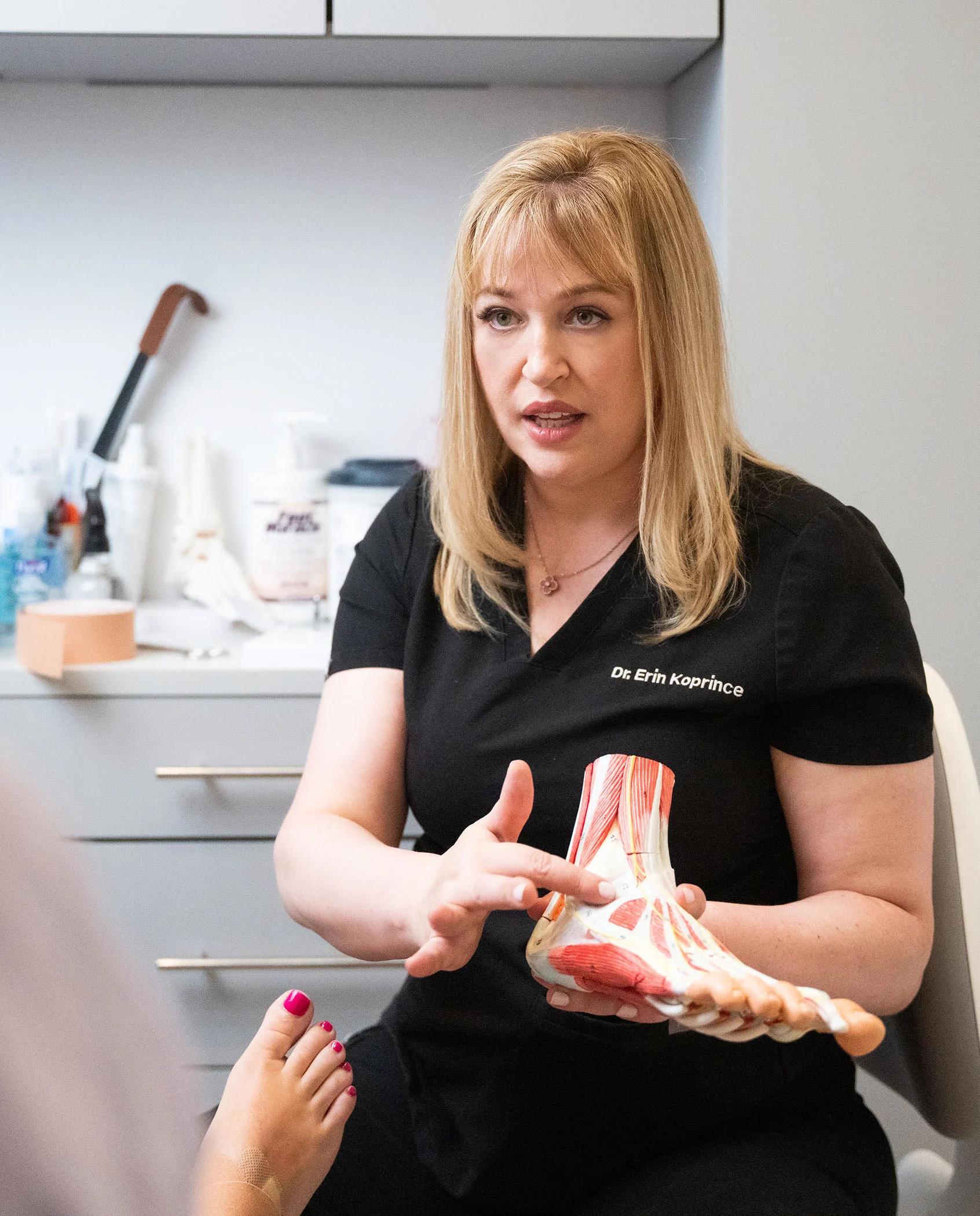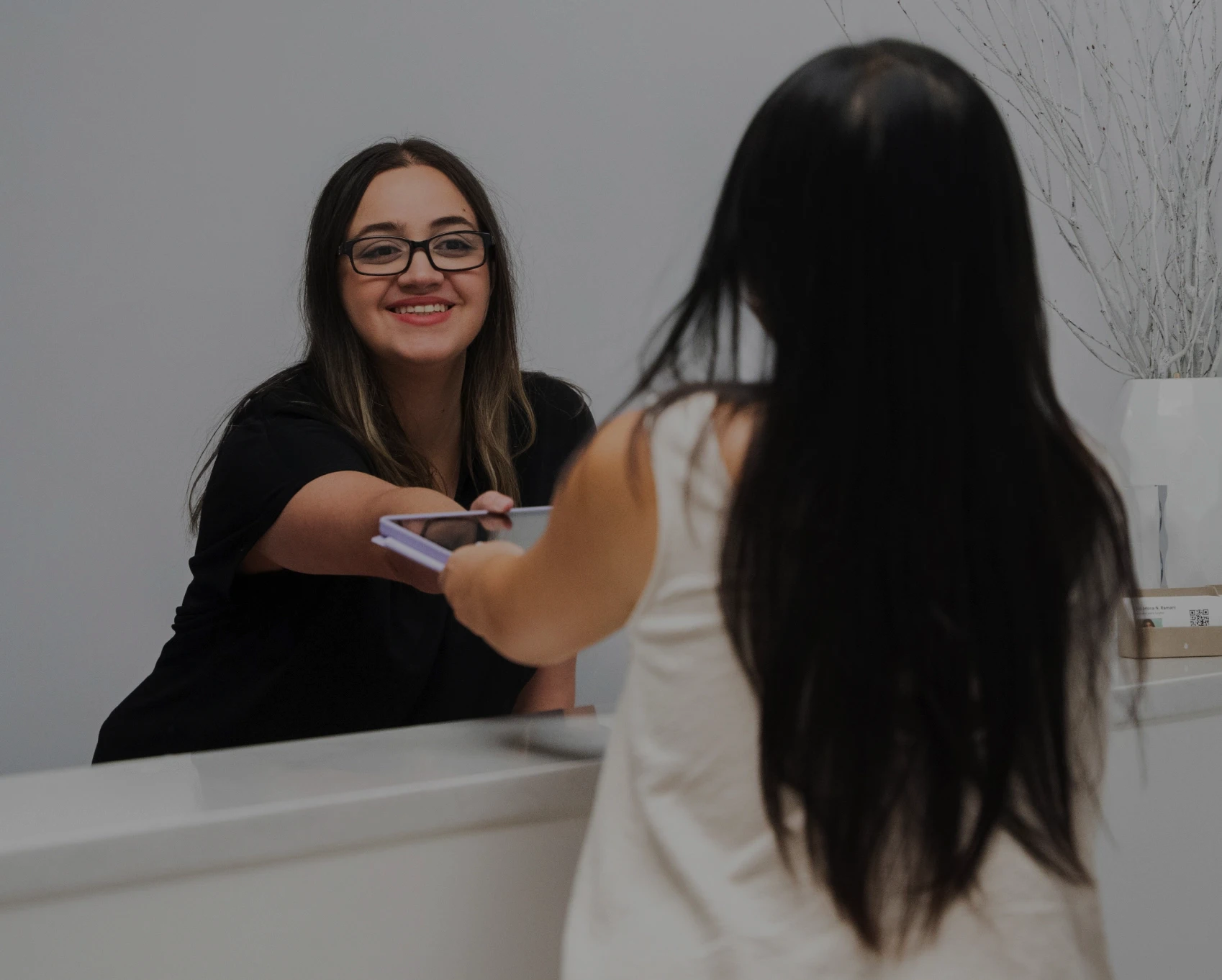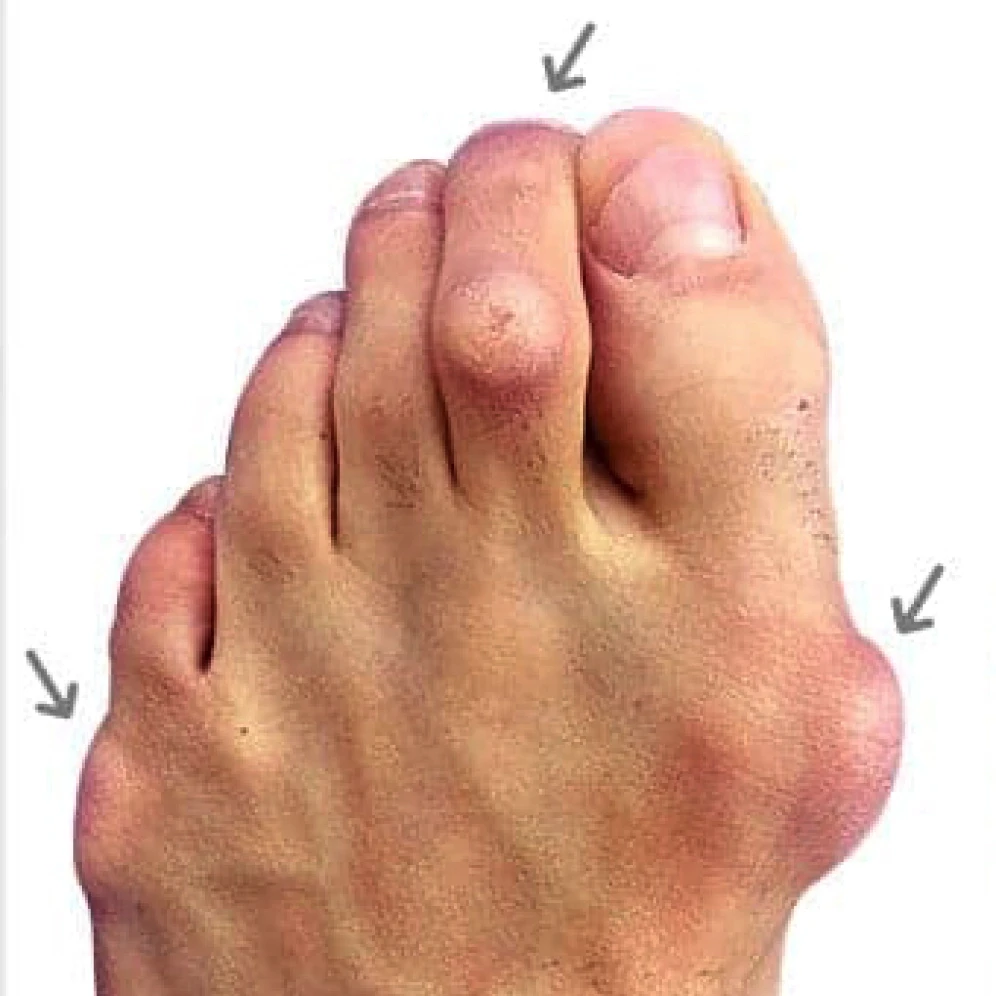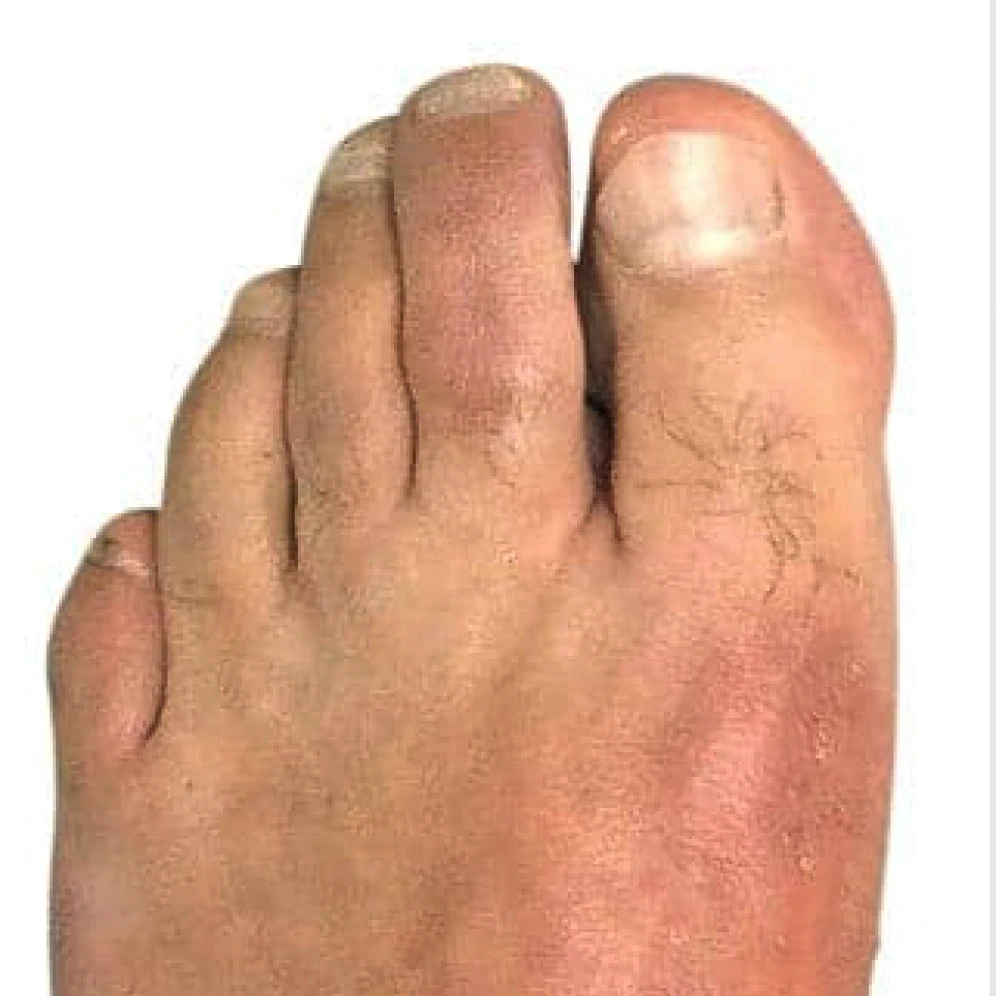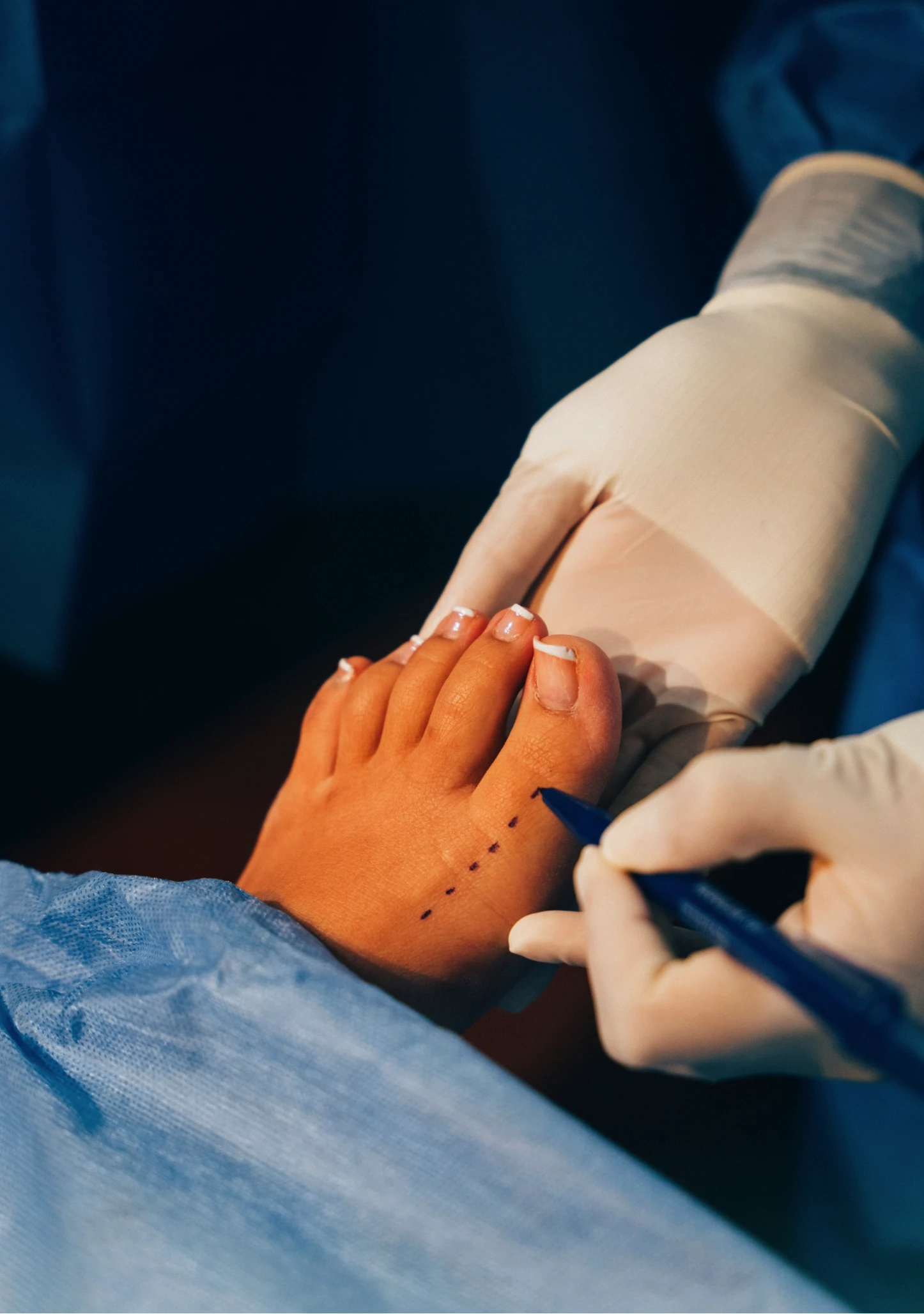Bunions Overview
A bunion is a painful foot deformity affecting the large joint at the base of the big toe. It’s a progressive condition that benefits from expert care. Bunions are a common condition as their causes are normal life circumstances. They can be heredity, caused by an injury, or long-term use of wearing the wrong shoes. In addition to the painful bony bump, bunions also cause corns, calluses, and stiffness in the toe that can restrict movement. AIRE Podiatry Studio specializes in the care of painful bunions in New York City. We offer the latest treatments to reduce your symptoms and improve your quality of life. Reduce pain, inflammation, joint stiffness, and swelling with bunion surgery and treatment in New York City. Drs. Erin Koprince, DPM, DABPM, and Mona Ramani, DPM, AACFAS, are expert podiatrists specializing in bunions. They use cutting-edge tools and treatments for bunion deformities.
